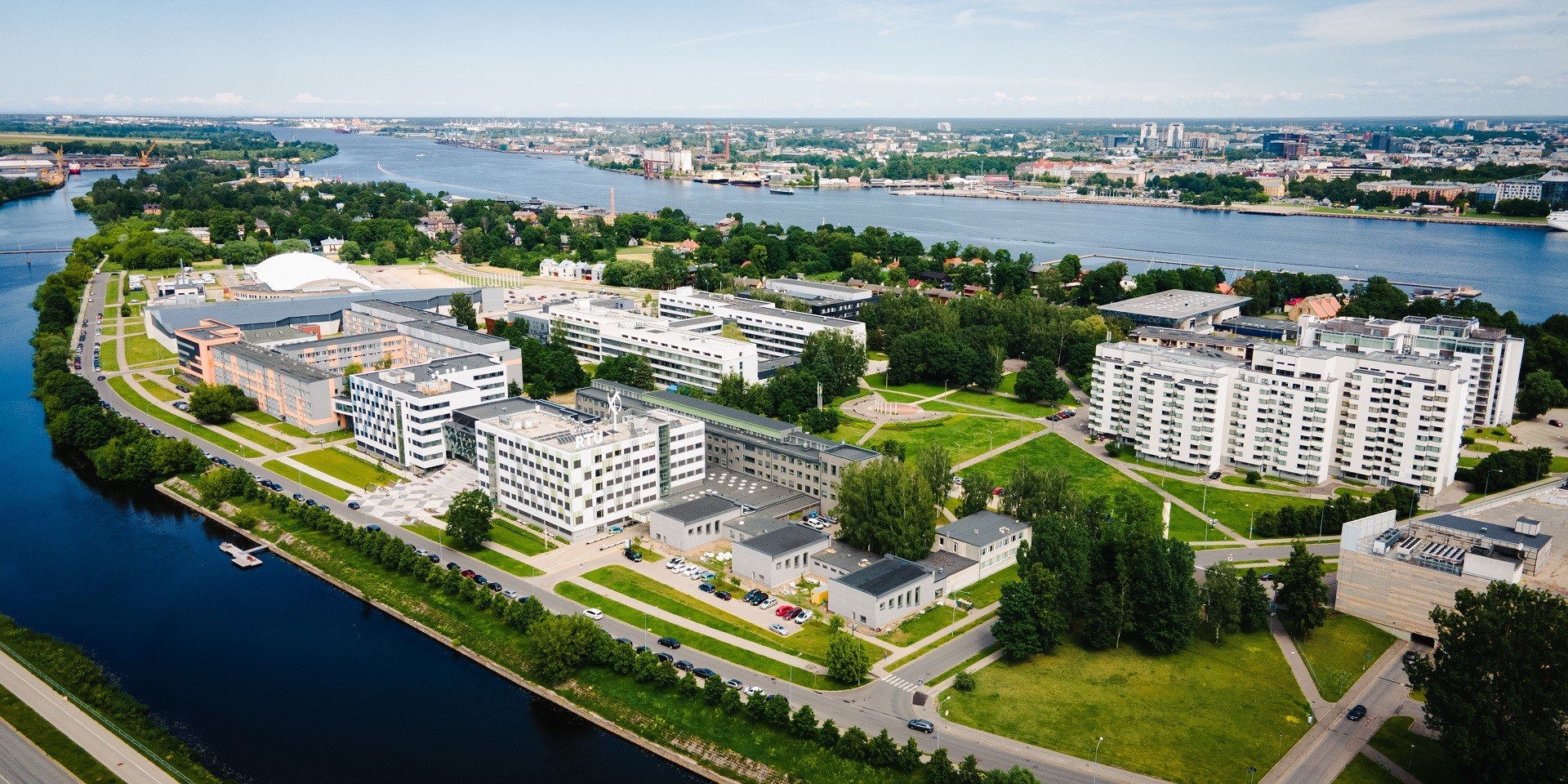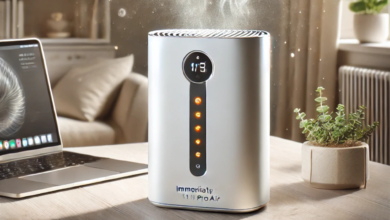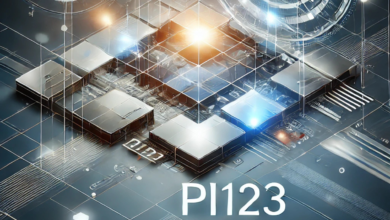RTU Technology: Revolutionizing Data Acquisition in Remote Locations

In the modern world, the need for real-time data monitoring and acquisition has become essential across a wide variety of industries. As companies and organizations look to improve operational efficiency and gather more accurate data from remote locations, Remote Terminal Units (RTUs) have emerged as a transformative technology. RTU technology allows for data collection, transmission, and control from remote locations without the need for a human presence. This innovation has changed the landscape of industries like utilities, oil and gas, agriculture, and transportation, enabling companies to manage assets, systems, and equipment with greater ease and effectiveness.
What is RTU Technology?
At its core, an RTU (Remote Terminal Unit) is an industrial control device designed to collect data from various field instruments and sensors and send it back to a central control system. RTUs are essential in monitoring and controlling equipment located in remote or difficult-to-access areas. They play a crucial role in SCADA (Supervisory Control and Data Acquisition) systems, which provide real-time insights into operational processes, allowing operators to monitor equipment, detect anomalies, and take corrective actions from a distance.
RTUs are typically equipped with sensors that can monitor parameters such as temperature, pressure, humidity, flow rates, and voltage. These sensors gather real-time data and transmit it to a central system for analysis. What makes RTUs particularly valuable is their ability to work in areas where traditional communication methods, like wired systems, are not feasible.
Key Components of RTU Systems
RTUs consist of several critical components that work together to ensure seamless data acquisition and transmission:
- Sensors and Input Devices: These devices measure different parameters, such as pressure, temperature, or flow rates, and convert them into digital signals that the RTU can process.
- Communication Module: RTUs are equipped with various communication technologies such as radio frequency (RF), satellite, Wi-Fi, cellular, or even hard-wired connections. These allow the RTUs to transmit data back to the central monitoring system over long distances.
- Processing Unit: This unit processes the input signals from the sensors, often performing necessary computations or filtering data before sending it to the central system.
- Power Supply: Given the remote locations in which RTUs are often deployed, they are designed to operate on minimal power. Many RTUs are equipped with backup power sources like batteries or solar panels to ensure continuous operation in case of power failure.
- Control Outputs: RTUs often include control capabilities that allow them to send data and receive commands. This enables operators to remotely control equipment such as valves, pumps, or switches, making RTUs a two-way communication tool.
How RTU Technology is Revolutionizing Data Acquisition
RTU technology is having a significant impact on data acquisition, especially in remote or difficult-to-reach areas. These benefits are most evident in industries that rely on remote data monitoring, control, and automation, such as utilities, energy, oil and gas, agriculture, and environmental monitoring.
- Real-Time Monitoring
The most significant advantage of RTUs is their ability to provide real-time data from remote locations. Whether it’s monitoring the temperature of a pipeline in a remote desert or tracking the pressure in an offshore oil rig, RTUs ensure that operators can access live data without being physically present. This eliminates the need for frequent on-site visits, reducing costs and improving operational efficiency.
For example, in the oil and gas industry, RTUs can monitor pipeline conditions, equipment performance, and environmental factors in real-time, allowing operators to respond quickly to any issues. In the case of an equipment malfunction, an RTU can send an alert to a control room operator, who can take action to prevent further damage or downtime.
- Enhanced Safety and Risk Mitigation
Remote locations often have inherent risks. By using RTUs to monitor critical infrastructure, companies can minimize human exposure to dangerous environments. For instance, in the energy sector, RTUs can remotely monitor the health of power stations, transmission lines, or wind turbines in isolated regions. If abnormal conditions are detected, alerts are sent out, allowing the operators to take immediate corrective action.
Moreover, RTUs can be integrated with alarms that activate when specific thresholds are exceeded. These alarms can notify operators of dangerous situations, such as high gas levels in an oil refinery or an excessive temperature in a power substation, which might threaten personnel and the environment.
- Cost-Effective Operations
Implementing RTU technology significantly reduces operational costs, particularly for industries that require constant infrastructure monitoring. RTUs eliminate the need to send personnel to remote sites for routine inspections, as the devices continuously provide detailed data remotely. This cuts down on labour costs and the expenses associated with travel, accommodation, and maintenance.
In the agricultural sector, for example, farmers can use RTUs to monitor irrigation systems, weather conditions, and soil moisture levels without being physically present at every part of the farm. This enables better resource management, improving crop yield and conserving water.
- Improved Data Accuracy and Decision-Making
RTUs enable more precise and reliable data collection than manual monitoring methods. Automated data acquisition minimizes human errors, ensuring operators receive accurate data for better decision-making. For instance, in water treatment plants, RTUs can continuously monitor water quality, providing operators with up-to-the-minute data on parameters like pH levels, turbidity, and chemical concentrations.
The real-time data RTU collect also allows operators to predict potential issues before they escalate. With the right analysis tools, historical data from RTUs can be used to forecast future performance, optimize maintenance schedules, and improve long-term asset management.
- Scalability and Flexibility
RTUs are highly scalable, allowing companies to expand their monitoring capabilities as their operations grow. They can be deployed in various industries and adapt to different requirements. For example, a utility company may start with a few RTUs monitoring a local area and gradually expand to a nationwide network.
Additionally, RTUs can be integrated with other technologies, such as Internet of Things (IoT) devices, for advanced data analytics and reporting. This flexibility allows organizations to incorporate new technologies and improve their monitoring systems without significant overhauls or replacements.
Applications of RTUs in Various Industries

The flexibility and reliability of RTU technology have made it applicable across a wide range of industries. Here are a few examples:
- Utilities and Energy
RTUs are widely used in utilities and energy companies to monitor critical infrastructure such as power plants, transformers, and water treatment facilities. They collect data on operational performance and environmental factors, allowing operators to take immediate corrective actions. RTUs are also used in innovative grid systems to monitor power generation and distribution, ensuring efficient energy management.
- Oil and Gas
RTUs monitor the oil and gas industry’s pipeline pressure, gas flow, and wellhead conditions. This data helps prevent leaks, spills, or equipment failures, which could be catastrophic in this high-risk industry. Additionally, RTUs help regulate the flow of oil and gas through remote-controlled valves and pumps.
- Agriculture
RTUs can monitor irrigation systems, soil moisture levels, and weather conditions in farming operations. This allows for more efficient water usage and crop management, increasing productivity and reducing resource wastage.
- Transportation and Logistics
RTUs are also used to track the condition of vehicles and shipments in the logistics sector. They can monitor factors like fuel levels, tyre pressure, and engine performance, providing real-time data that helps improve fleet management and reduce downtime.
Conclusion
RTU technology has undoubtedly revolutionized data acquisition in remote locations. With its ability to provide real-time monitoring, enhance safety, reduce costs, and improve decision-making, RTUs have become indispensable in many industries. As the technology continues to evolve, RTUs are set to play an even more pivotal role in the future of industrial automation, smart grids, and remote monitoring systems.
FAQs
1. What are the main advantages of RTU technology?
The main advantages of RTU technology include real-time data monitoring, enhanced safety, reduced operational costs, improved data accuracy, and scalability across various industries.
2. How do RTUs communicate with central systems?
RTUs communicate with central systems through various communication methods, such as radio frequency, satellite, Wi-Fi, cellular, or wired connections, depending on the specific application and location.
3. What industries benefit the most from RTU technology?
Industries such as utilities, energy, oil and gas, agriculture, and transportation greatly benefit from RTU technology, enabling remote real-time monitoring and control of critical infrastructure.
4. Can RTU be integrated with other technological es like IoT?
RTUs can be integrated with IoT devices for advanced data analytics, improving operational efficiency and decision-making.
5. What kind of data can RTUs collect?
Depending on the sensors connected to them, RTUs can collect a wide variety of data, including temperature, pressure, humidity, flow rates, voltage, and other environmental parameters.




